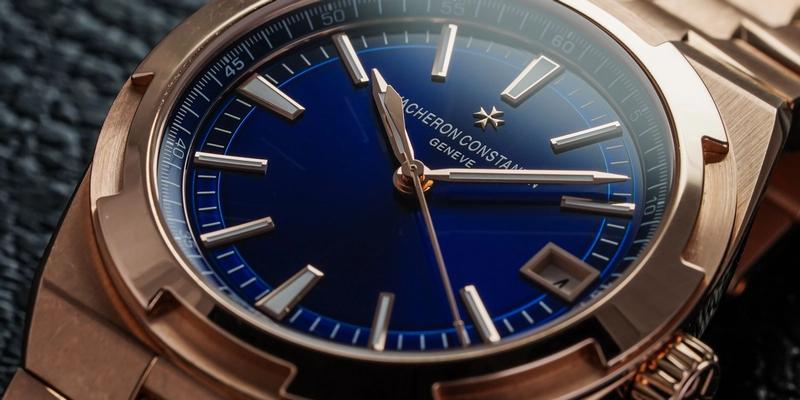
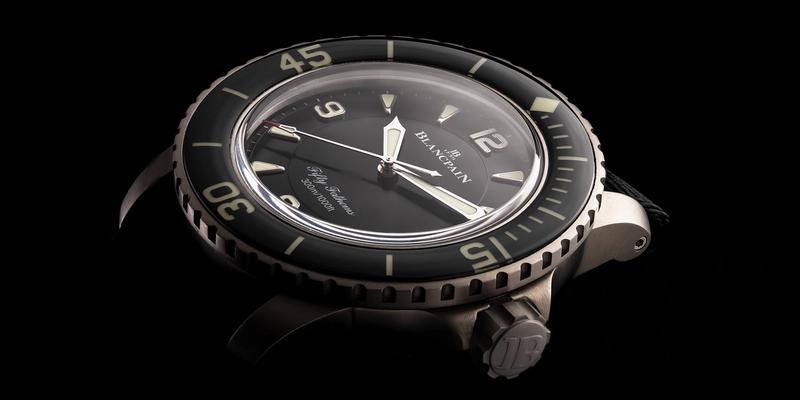
Blancpain
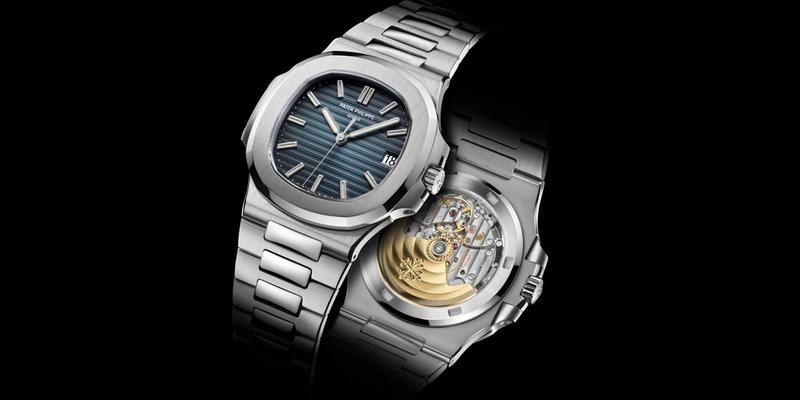
Patek Philippe
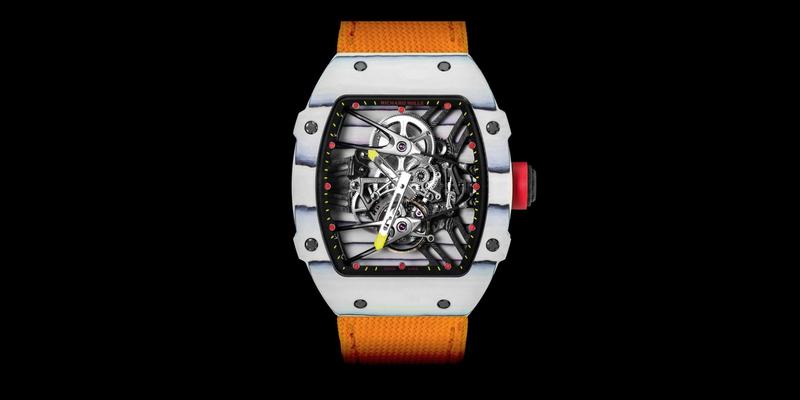
Richard Mille

MB&F (Maximilian Büsser & Friends)
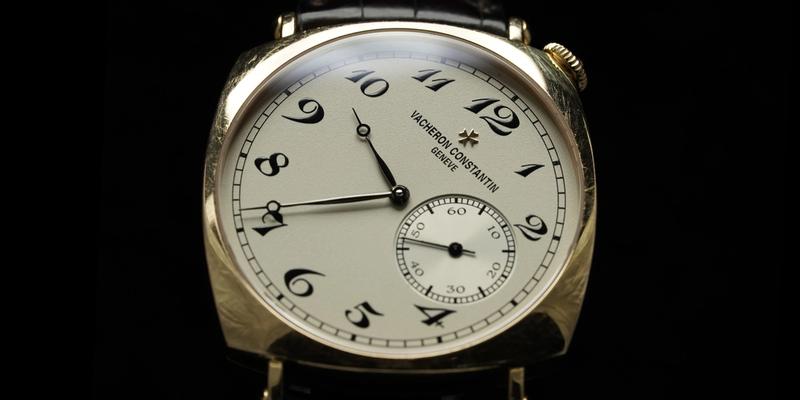
Vacheron Constantin

Cartier

Officine Panerai
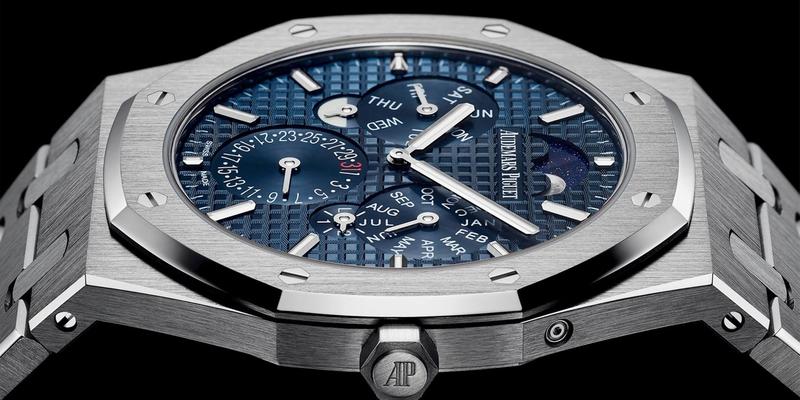
Audemars Piguet

Hublot
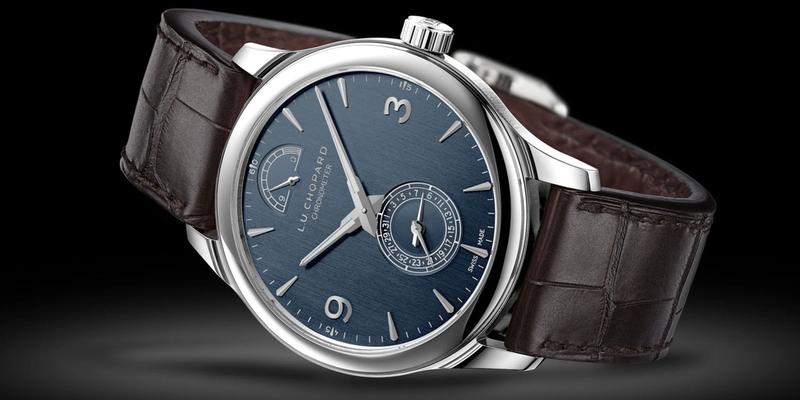
Chopard
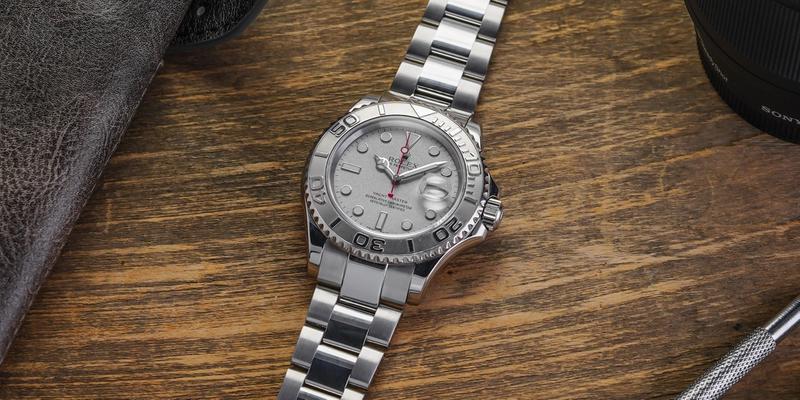
Rolex
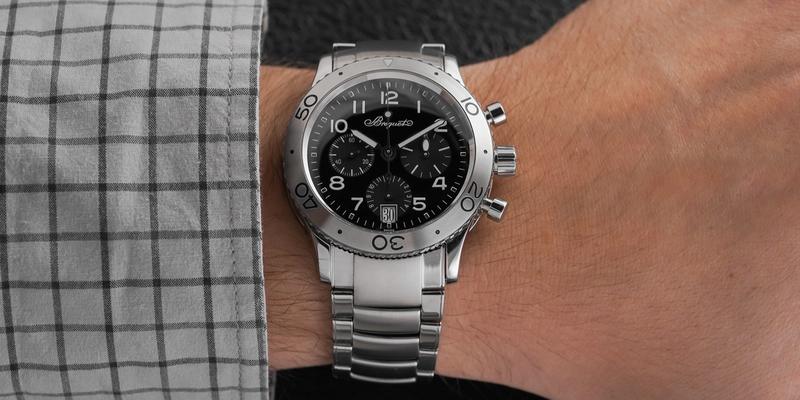
Breguet
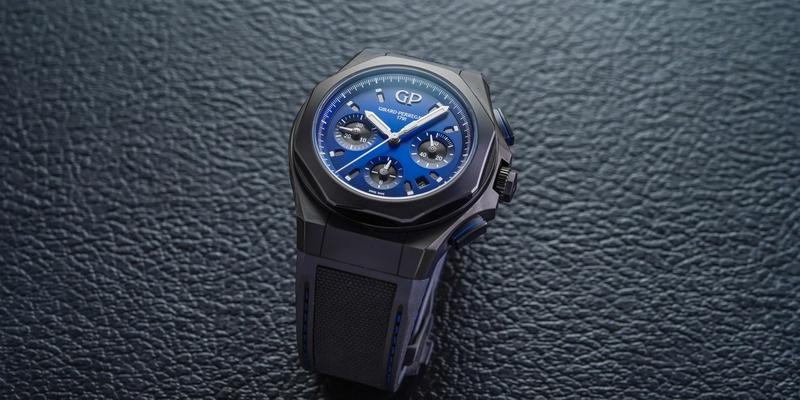
Girard-Perregaux
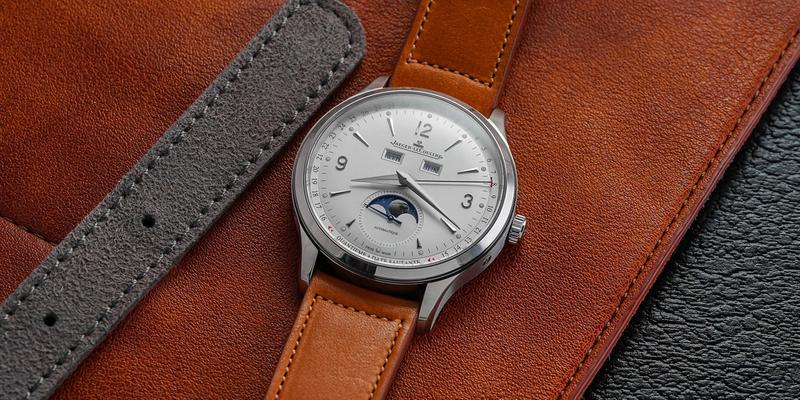
Jaeger-LeCoultre
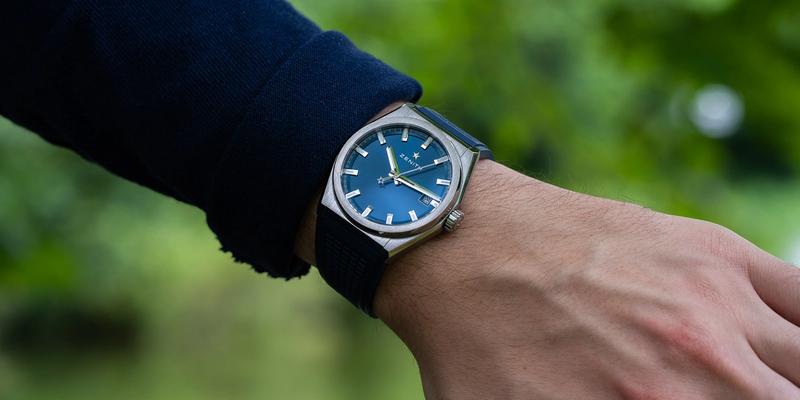
Zenith
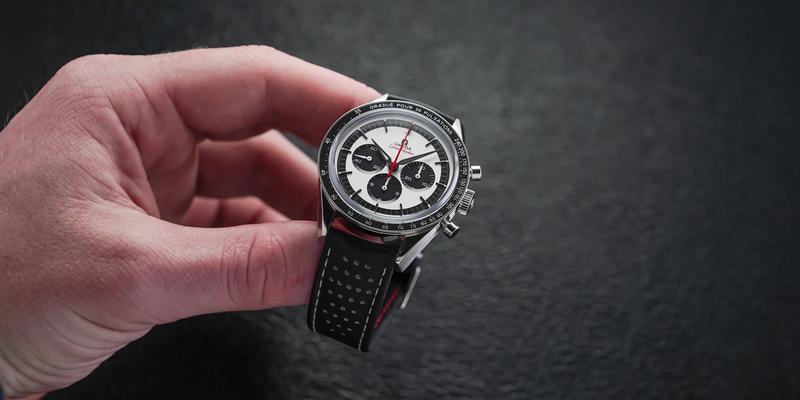
Omega
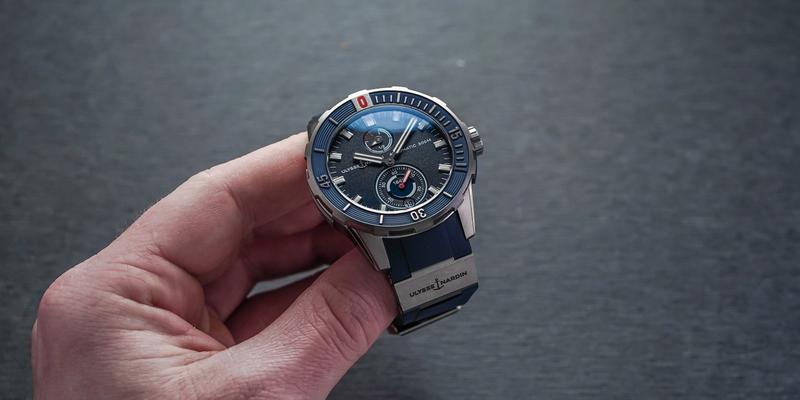
Ulysse Nardin
A watch maison whose very name conjures up romantic images of seagoing adventure and oceanic exploration, Ulysse Nardin, founded in 1846 by its eponym, carved out its place in Swiss watch history as a revered maker of marine chronometers for many of the world’s navies in the 19th and 20th centuries. Long regarded as the “standard bearer of nautical timekeeping,” Ulysse Nardin also entered the 21st Century as one of the most technically innovative and boldly experimental watchmakers on the scene. In 2001, Ulysse Nardin shook up the watch world with its introduction of the Freak, a wildly unconventional timepiece with a “flying carrousel system” in which there are no hands, only a baguette-shaped movement rotating on its own axis, with a bridge to indicate the minutes, while a rotating disk mounted on the mainplate indicates the hours. The Freak was also one of the first watches to use silicon for several of its vital movement parts, a material now widely used in the industry. The brand’s maritime history lives on in collections like the Diver, whose many models include special editions devoted to preserving endangered marine wildlife, and the recently launched Marine Torpilleur family, named for a type of historical torpedo boat and designed to echo the look of classical marine chronometers, with Roman numerals, cathedral hands, and a stacked arrangement of subdials. At the pinnacle of haute horlogerie and trumpeting the company’s most avant-garde design are more highly complicated models like the Blast Hourstriker and Blast Moonstruck.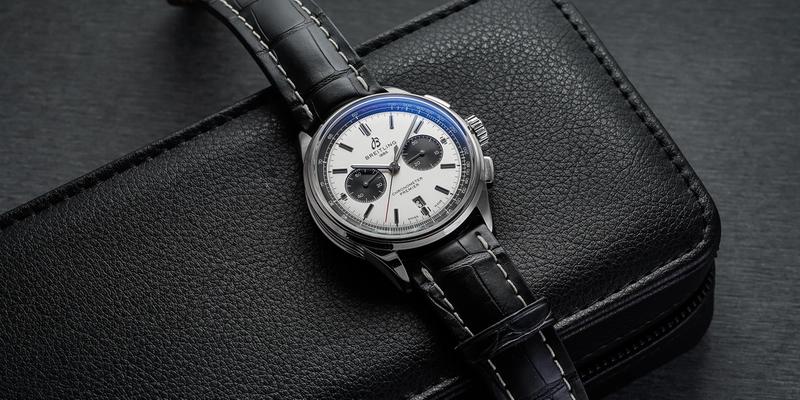
Breitling
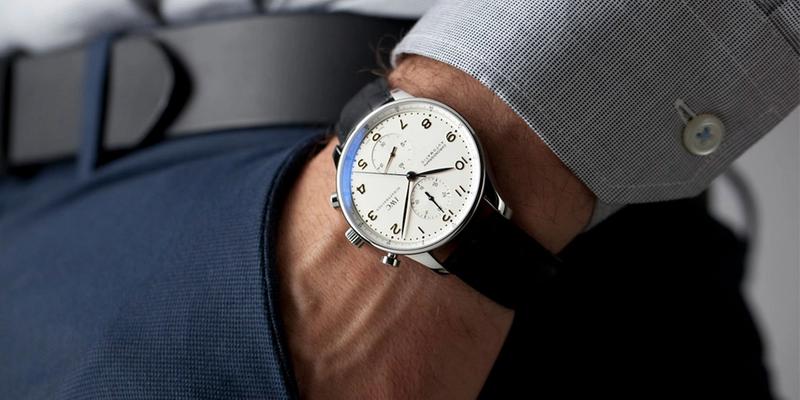
IWC
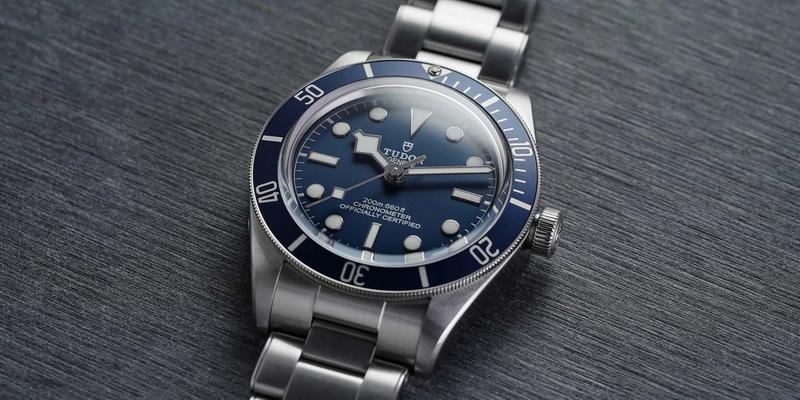
Tudor
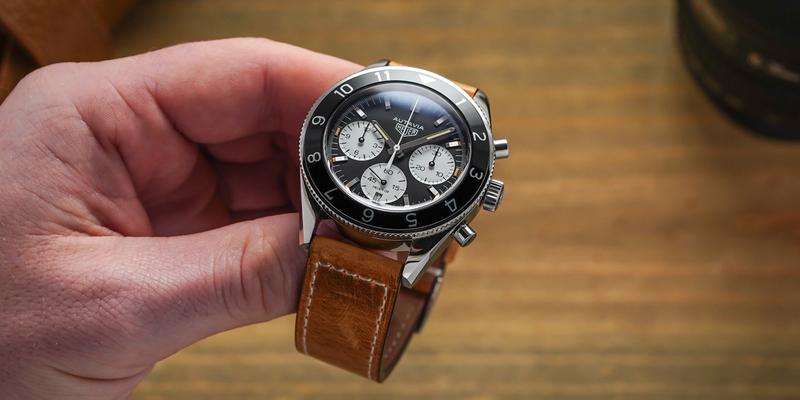
TAG Heuer
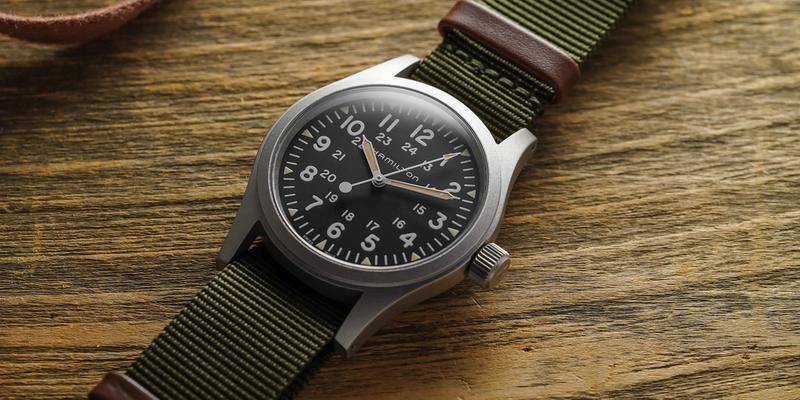
Hamilton

Montblanc
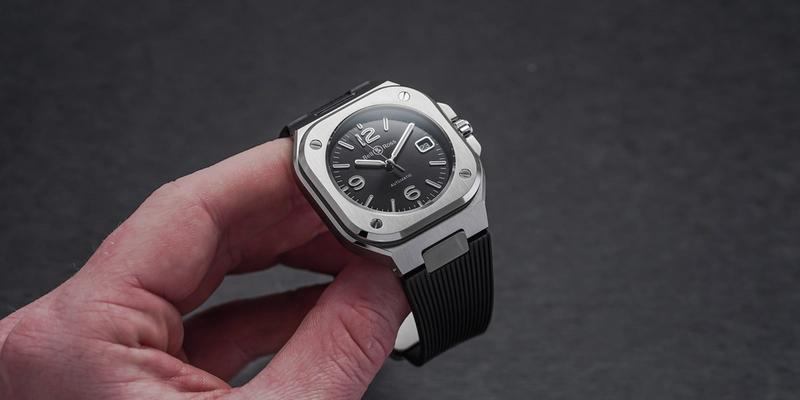
Bell & Ross
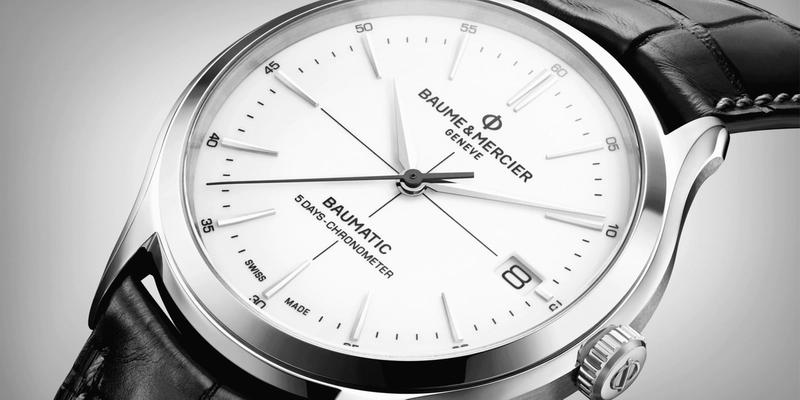
Baume & Mercier
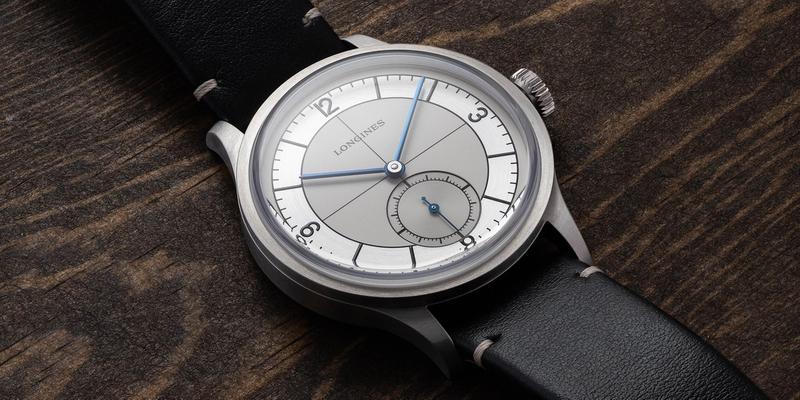
Longines
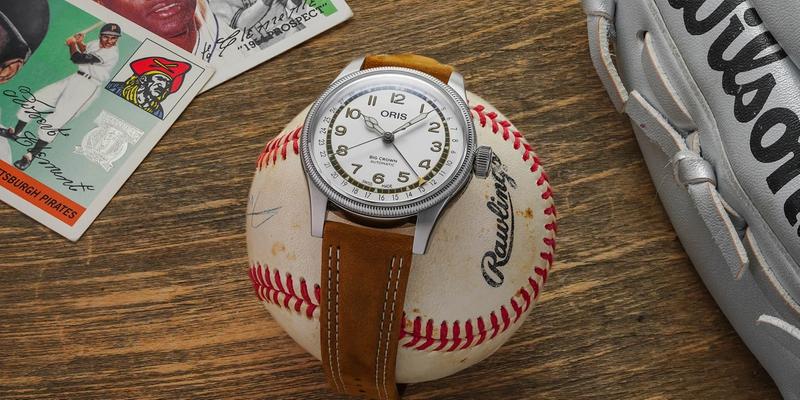
Oris
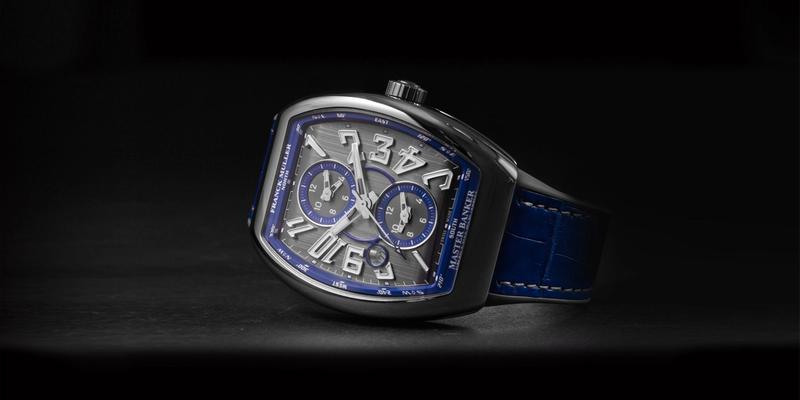
Franck Muller
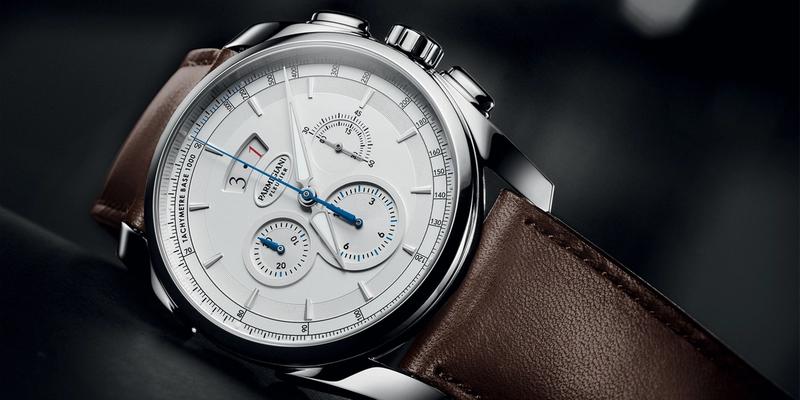
Parmigiani Fleurier
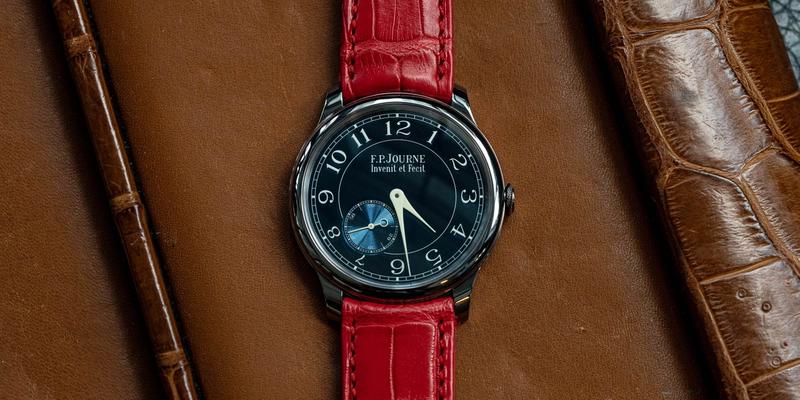
F.P. Journe
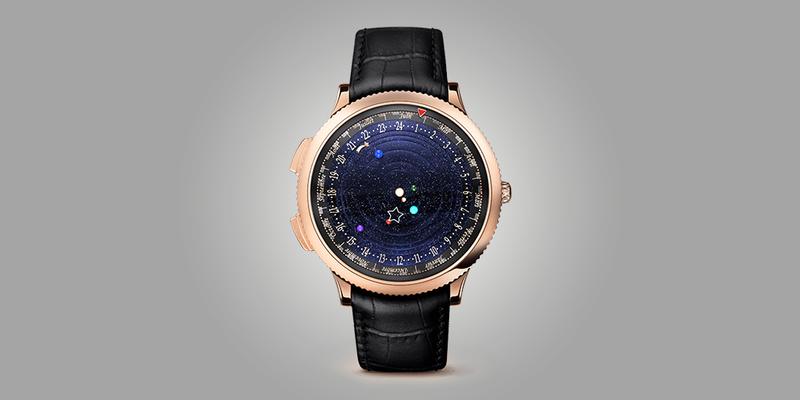
Van Cleef & Arpels
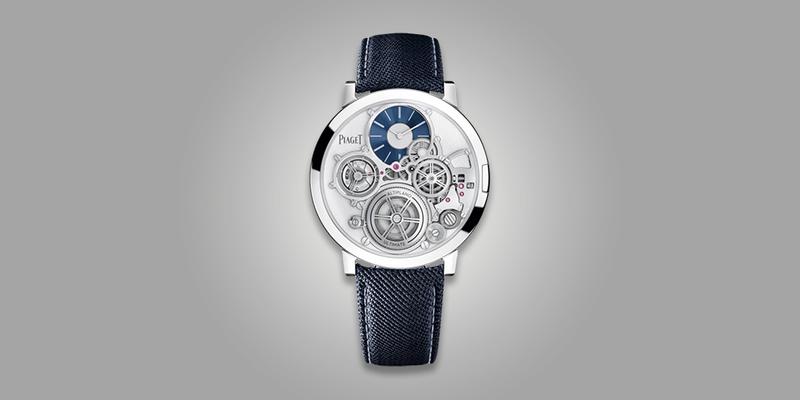
Piaget
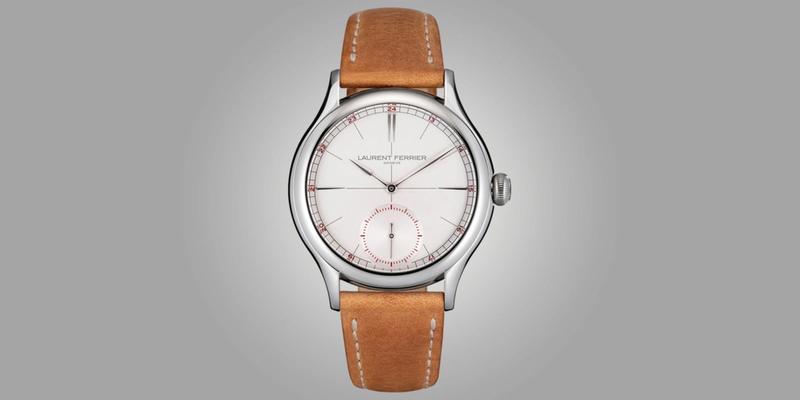
Laurent Ferrier
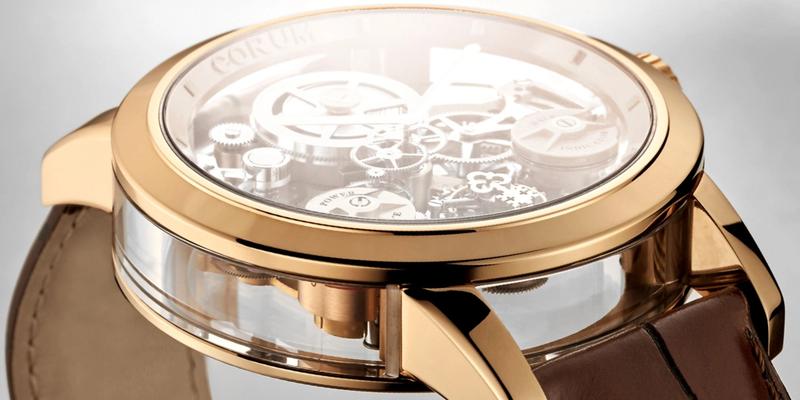
Corum

Frederique Constant
Frederique Constant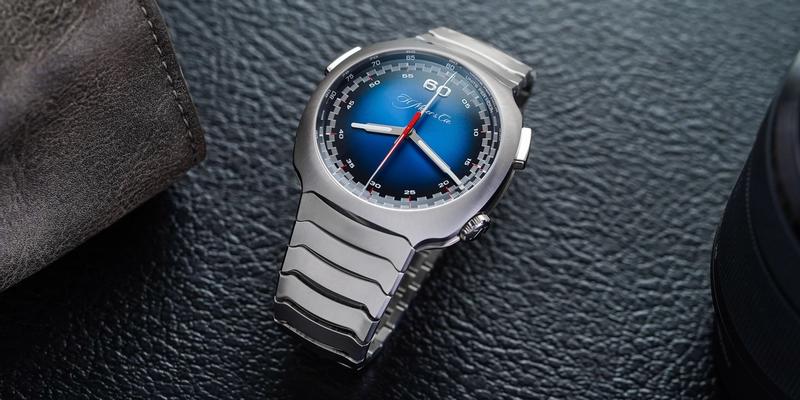
H. Moser & Cie

Maurice Lacroix
Maurice Lacroix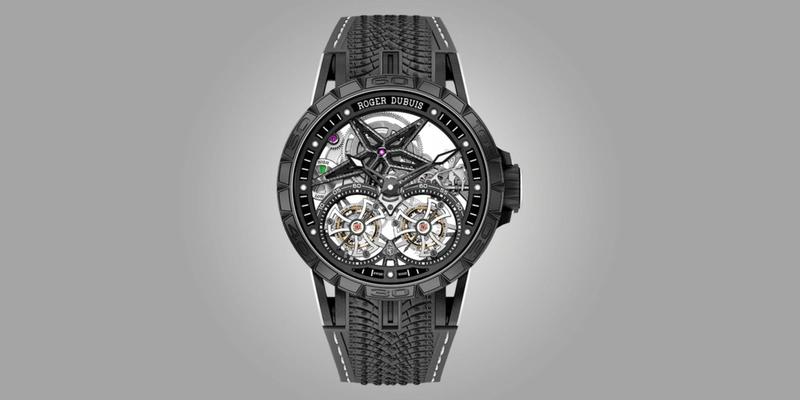
Roger Dubuis
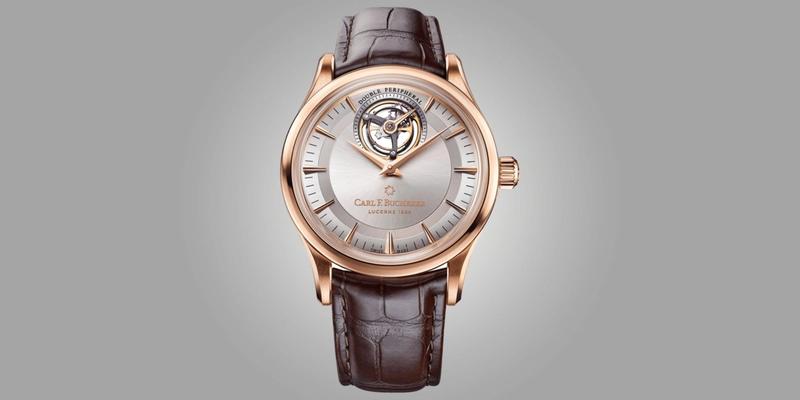
Carl F. Bucherer
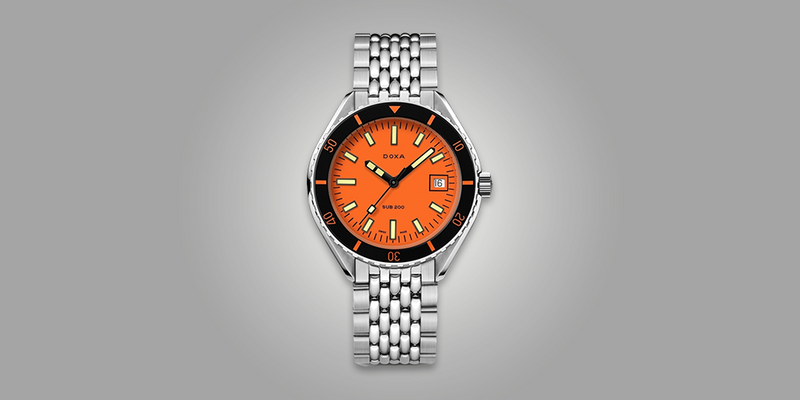
Doxa
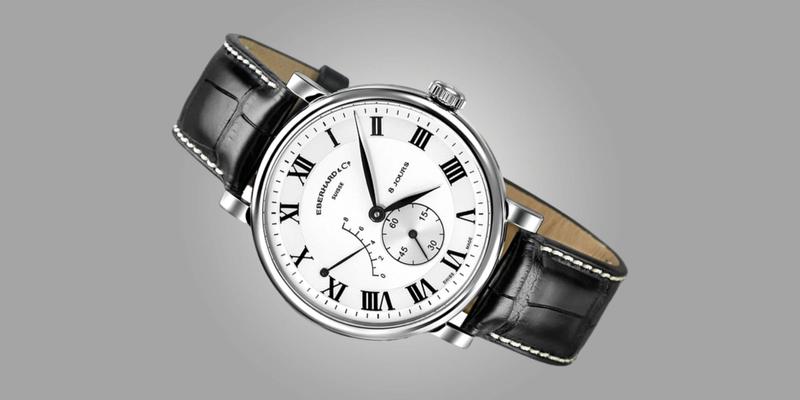
Eberhard & Co.
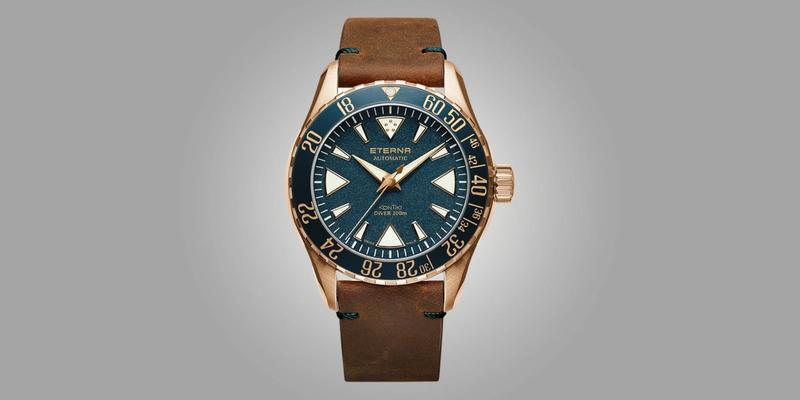
Eterna
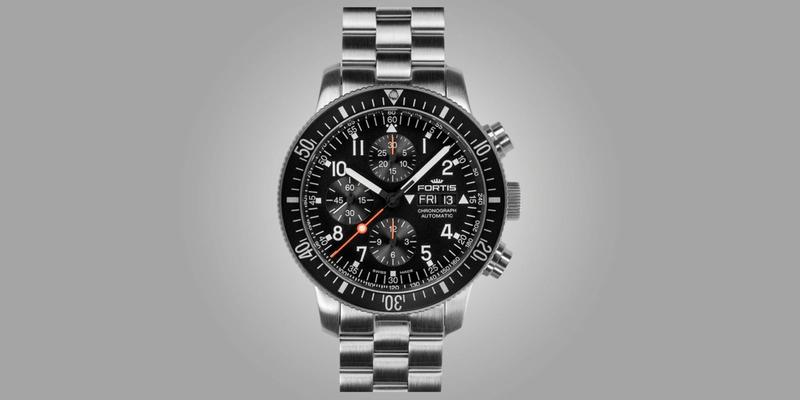
Fortis
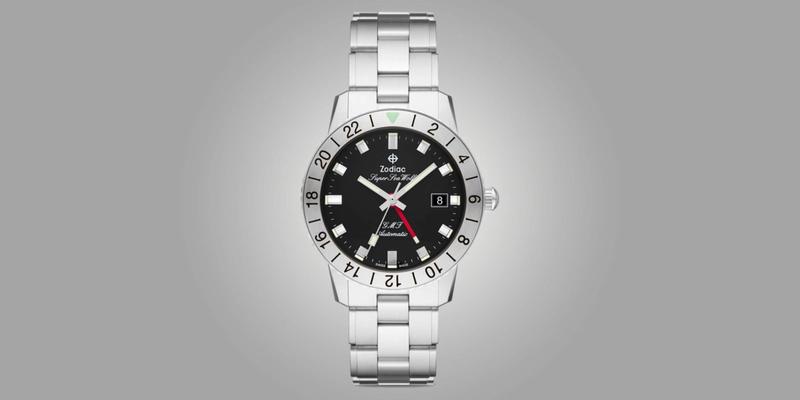
Zodiac
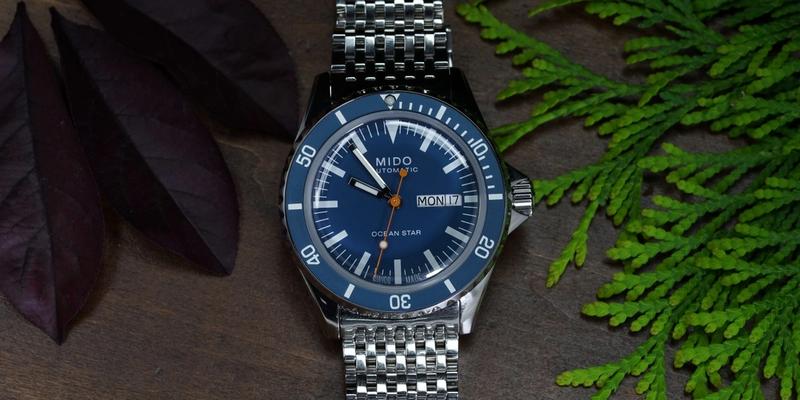
Mido

Tissot

Jaquet Droz
Pierre Jaquet-Droz (1721-1790), founder of the modern watchmaking house that bears his name, was not only one of the most renowned watchmakers of the 18th century; he was also a pioneer in the development of automatons, which are now considered the first mechanical computers. His lifelike, moving figures, controlled by complex clockwork-like mechanisms, are now on display in museums and inspired smaller versions on Jaquet-Droz’s clocks and music boxes, which featured singing birds and other mobile creatures. The spirit of these fascinating inventions lives on in the timepieces of today’s Jaquet Droz, which resides alongside Breguet and Blancpain among the Swatch Group’s high-luxury houses. Whereas much of the collection consists of elegantly designed timepieces with more conventional complications — many of them part of the flagship Grande Seconde series, whose figure-eight arrangement of hours-and-minutes and running seconds on two different-sized, overlapping subdials has become a brand hallmark — the most breathtaking Jaquet Droz watches combine minute repeater mechanisms with miniaturized automatons on the dials, which move at the push of the same slide that activates the repeater’s chimes. To mark its namesake’s 300th birthday in 2021, Jaquet Droz unveiled the Bird Repeater 300th Anniversary Edition, with tiny birds singing and fluttering against the lush, miniature-painted natural landscape of the enamel dial as the watch chimes the time.
Rado
The use of ceramics in the watchmaking industry has proliferated in recent years but it was Rado that got there first. Founded in 1917 by brothers Fritz, Ernst, and Werner Schlupp, who converted their parents’ home into a watch factory, the Swiss company started out making movements but found success as a watch producer in 1957 with the Rado Golden Horse collection — one of the first watches marketed for its anti-magnetic properties — and followed it up in 1962 with the futuristic DiaStar model. The latter was groundbreaking in its use of hardmetal and sapphire glass for increased scratch-resistance, and ushered in Rado’s modern credo of exploring the most avant-garde, high-tech materials for ideal comfort and durability in its watches. In 1986, the same year it became part of what’s now known as the Swatch Group, Rado took that mission to a new level with the launch of the Ceramica, the first watch with a case and bracelet made of high-tech ceramic, a material that has been a calling card of the Rado collection ever since. Today, Rado’s output includes a number of distinctive product families, the vast majority of which use ceramics and ceramic alloys in their construction, including the elegantly understated True Thinline, the boldly styled HyperChrome, and perhaps most notably in recent years, the sporty, retro-chic Captain Cook collection, which revives a divers’ watch that debuted in 1962, the same year as the DiaStar, and updates it for contemporary audiences with that unmistakable Rado aesthetic.
Bulgari
Renowned worldwide for its jewelry, Bulgari has also forged a reputation over the past decade as perhaps the most prolific pioneer in the elite field of ultra-thin, complicated timepieces. The company, which was founded in Rome in 1884 by Greek silversmith Sotirio Bulgari, made its first important contribution to the watch community in the 1940s — the Art Deco-inspired, coiled-bracelet Serpenti, which survives as its flagship ladies’ model to this day. Two historic men’s timepieces, the Bulgari Roma and Bulgari Bulgari, debuted in the 1970s and established the classical Roman-architectural look that would define the Bulgari watch brand going forward. The jeweler set up its own watchmaking center in Switzerland in the 1980s and in 2000 bought the independent high-horology ateliers of Daniel Roth and Gerald Genta (the latter founded by the legendary watch designer who contributed the Bulgari Bulgari), incorporating their expertise into the parent Bulgari brand. It is that horological savoir faire that has enable Bulgari to introduce new models in its Octo Finissimo collection — high-luxury mechanical watches of record-breaking thinness — into the market consistently for several years, including the world’s thinnest automatic tourbillon, perpetual calendar, GMT-equipped chronograph, and minute repeater.
Arnold & Son
Watchmaker and inventor John Arnold (1736-1799), who gave us the modern definition of the term “chronometer,” was English, not Swiss, but his remarkable horological innovations in the 18th century live on today in the company that bears his name, based in the Swiss watch hub of La Chaux-de-Fonds and owned by Japan’s Citizen Group. Arnold & Son makes high-end mechanical watches, all with in-house-made, highly decorated movements, whose designs hearken to the marine chronometers that John Arnold made for the British navy. Among the maison’s notable pieces are the Time Pyramid Tourbillon, with a three-level, openworked linear-oriented movement that features a 12 o’clock tourbillon and dual power reserve indicators; the Globetrotter, an inventively designed world-time watch with a miniature-painted 3D globe that rotates under a suspended bridge over the dial to display multiple time zones simultaneously; and the Luna Magna, introduced in 2021, which boasts the largest 3D moon-phase ever used in a wristwatch.

Norqain
A jointly developed project between Swiss watch entrepreneur Ben Küffer, former Breitling co-owner Ted Schneider, and retired NHL player Mark Streit, Norqain is the baby on this wide-ranging list, founded in 2018. It has, however, established itself fairly quickly and decisively as a player in the field of value-driven sports watches with proprietary movements. The movements are made in partnership with a Swiss movement-making firm called Kenissi, which was established as a subsidiary company by Tudor, and boast 70-hour power reserves as well as COSC chronometer certifications. Norqain’s primary collections include the inspiringly named Freedom and Independence lines, and more recently the mountaineering-inspired Adventure Neverest, which Norqain has used as a stage for some very innovative dial colors and textures.

Urwerk
Conceptually, Urwerk is cut from similar cloth as MB&F, with a mission to make timekeeping machines for the wrist that are as far from traditional analog design as technically possible. Founded in 1997 by the visionary pair of watchmaker Felix Baumgartner and designer Martin Frei, Urwerk’s visual stock-in-trade is the use of orbiting satellites on a three-armed carousel to display the hour rather than hands, often in conjunction with an unconventional retrograde minutes indications along a scale. Urwerk has applied versions of this innovative timekeeping tech to various timepieces in a number of executions and materials — black PVD-coated platinum, gunmetal-toned titanium, and the yellow-gold, Star Wars-inspired UR-100 “C-3PO” edition, to name just a few.

Greubel Forsey
Frenchman Robert Greubel and Brit Stephen Forsey teamed up to establish this Swiss brand that occupies the highest echelon of complicated watchmaking in 2004. Greubel Forsey made an instant splash with the high-horology aficionado set by introducing the world’s first watch with two tourbillons and has pushed the envelope of innovation ever since. Many of its signature timepieces, all of which are made in very limited quantities, feature tourbillons in various creative iterations, including watches with as many as four of them, i.e., the Quadruple Tourbillon à Differentiel introduced in 2008, which connects two double tourbillons rotating at different speeds by a clever differential device. In recent years, Greubel Forsey has applied its distinctive design aesthetic and award-winning chronometric technology to other categories of timepieces, like the eye-catching GMT Sport, with a super-complex global time indication and a new, ergonomically curved sporty case.

Victorinox Swiss Army
Recognized worldwide as the maker of the ubiquitous Swiss Army knife since 1891, Victorinox (“Inox” is the French word for the stainless steel used in the knife blades) joined the watchmaking game fairly recently, in 1989. As one might expect from the company’s lengthy history as a supplier to the armed forces, Victorinox watches are known for their military-chic designs and tough, functional construction. Regarded mostly as an affordable brand, it offers many timepieces with quartz movements as well as a relative handful of products with automatic movements at slightly higher prices. Its lineup includes the field-watch-inspired Heritage, the military aviation-style AirBoss and the dive-ready Maverick. A recent addition to the collection is the FieldForce positioned as an entry-level, tool-oriented family that offers three-hand, chronograph and GMT options.

Porsche Design
What do you do for an encore after designing one of the world’s most iconic sports cars? If you’re Professor Ferdinand “Butzi” Porsche, mastermind behind the Porsche 911, you start a product design studio and make a groundbreaking wristwatch its first release. The Porsche Design Chronograph 1, launched in 1972, was one of the first “all-black” watches and transferred car dashboard design to a watch dial in a way that had never been done before. In 1978, Porsche Design began a fruitful partnership with IWC that produced the first all-titanium wristwatch, the Titan Chronograph, in 1980, before the relationship ended in 1997. After a series of corporate ownership changes in the subsequent years, Porsche Design officially joined forces with its namesake automobile brand and opened up its own watchmaking manufacture in the Swiss village of Solothurn, becoming a fully Swiss-made brand that still has a Bavarian flair.

Raymond Weil
Raymond Weil, founder of the eponymous watch brand, was a pilot and a musician as well as a watchmaker, and his musical passion is still evident in the names of the company’s collections, like Tango, Maestro, and Toccata. One of the most approachably priced Swiss brands, Raymond Weil makes a wide array of timepiece styles, most of them powered by outsourced movements, but has recently begun dabbling in making movements that are distinctly its own, starting with automatic Caliber RW1212, designed in-house and produced exclusively for Raymond Weil by the experts at Sellita. Other notable moves by the company in recent years are the regular release of timepiece tributes to music legends like the Beatles, David Bowie, and Buddy Holly, designed in close collaboration with those stars’ estates.

Alpina
Because it is so often linked to its sister brand, Frederique Constant, with whom it shares ownership, management, and production facilities, Alpina is often mistakenly believed to be a fairly recent addition to the watchmaking scene (Frederique Constant, as noted previously, started up in 1988). In actuality, Alpina traces its history all the way to 1881, when it began making purpose-built watches for rugged sport and exploration under the “Alpinist” standards for toughness, accuracy and magnetism- and shock-resistance. Priced comparably to the mostly dressy models from Frederique Constant, Alpina’s watches exude sportiness and tool-watch practicality, from its Seastrong dive watches to Startimer pilots’ watches to the Alpine Regulator, one of the most notable modern watches with a regulator dial, with a suitably outdoorsy look.

























































16 Comments
Teddy, what gives? All of the minor brands included but no Ebel??? It appears from perusing the archives that you ignore this brand. I absolutely love my Sportswave Classic and looking to purchase a vintage 1911 Chronograph with El Primero movement. In my collection you will find IWC and Oris along with Paul Peugeot, Seiko and Citizen. My Ebel is still my favorite.
How about Favre Leuba or Czapek?
My wife and I are making our first overseas trip after over 28 years of marriage and are headed to Switzerland in March. I have several Seiko automatics, a Magrette diver, a Seiko Turtle special edition, a Seiko SPB169, and a few others. I would love to buy a Swiss diver while there under say $2k. I like a ceramic bezel, 3 oclock or later crown, sapphire, etc. I plan to look at Fortis, Tissot, Mido, Alpina, and Oris as they have styles I admire. Are there a few other brands you recommend I look at that might be less mainstream, but still a quality piece? Love your Youtube channel and I’ve watched more watch videos than should be allowed.
Hi my names Ryan! I’m trying to find out about some of my fathers watches he had on his dresser.
Does anyone know the watch maker Filippe Girard Swiss made
Looks like it might be from the 1960s-1970s
Thanks for any information you may have to share.
Sincerely,
Ryan
I “Love” Swiss watches (usually buy used here on the internet). I have a drawer full of watches and movements acquired over 20 to 25 years. Every time I see a good deal here on the Internet – I’m forced to bid. Thanks!
Just listing Swiss watch brands that everyone already knows is nice, but not very exciting. Have you ever heard of DuBois et Fils? Existing since 1785, it is the oldest watch factory in Switzerland!
Great article and excellent list – thank you for that. I am surprised that Certina didn’t make it on the list.
The reason I say that I am surprised is due to Certina being the first watch to be mentioned in the YouTube video that the link to this article was posted to.
Hi Teddy, great article, I stumbled upon recently on Roamer, probably cheapest Swiss brand (if it is genuinely Swiss and not Asian knock-off), have you ever encountered those watches at paper seems OK deal for 300-600$ for quartz and around 700-800$ for mechanical?
This is a great article! Not easy to get crash course on so many brands in one place. Have you heard of a swiss brand called Candino? I have a watch from my father that is from the early 70s. Don’t know must about their history, but they seem to still be in business. Anyway…something to check out. Thanks!
Great article. For the Alpina, I think you meant Seastrong for divers. Seastar is for Tissots.
with out a doubt, the holy trinity brands are among the best and with an amazing history in horology .. especially the father of the holy trinity Vacheron Constantin … what a history.
Are Mugnier, Bernhard H. Mayer, and Cimier reputed watch companies?
Teddy, I’m a recent follower on youtube and love your content, style, and respectful way. Your joint adventures with Kevin O’Leary are awesome as well and I didn’t know him either. I’m a long time Seiko guy with a couple of microbrands as well. I’m headed to Switzerland next weekend for the first time ever and was wondering if it’s a good idea to buy a timepiece while there? Thanks a bunch! I would probably be looking at divers from Zodiak, Mido, Tissot, and Alpina. Possibly a microbrand if I see the right one. (the pic is my wife and I can’t figure out how to change it!)
Great great knowledge and outstanding article
Great article – No Squale though?